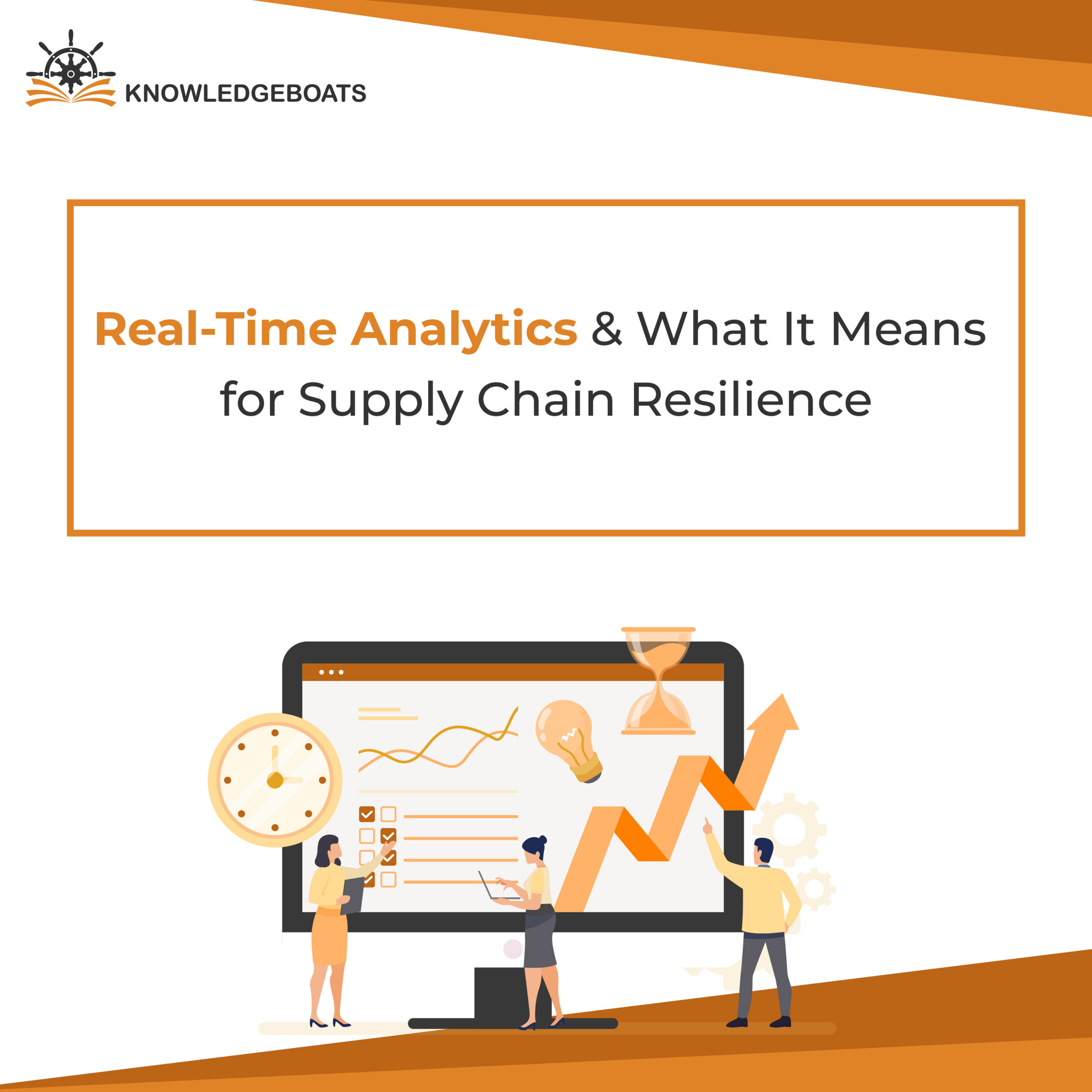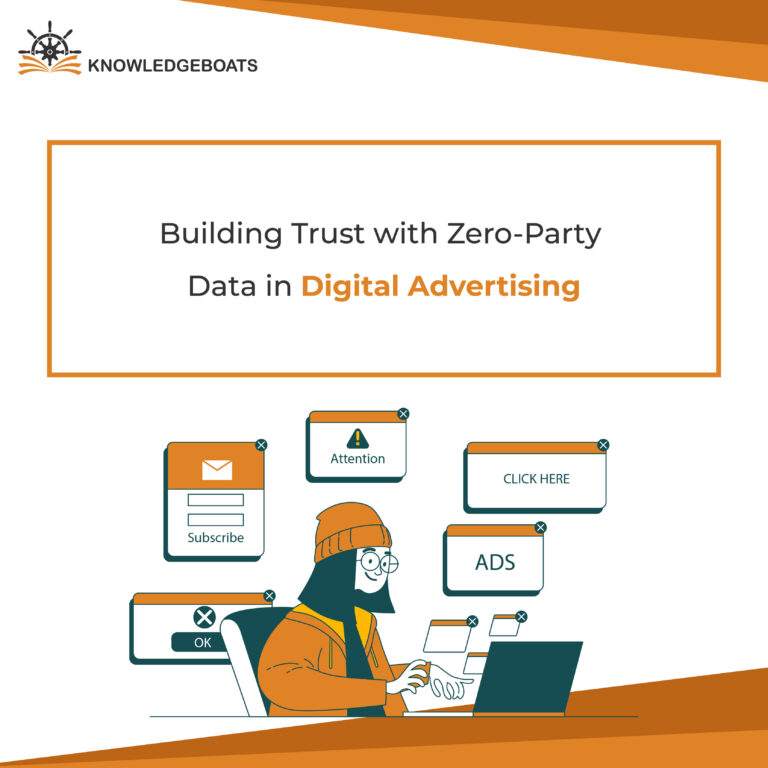
It’s the quiet dread when you hear about a storm forming over a key shipping lane, or the knot in your stomach when a news alert about a factory lockdown flashes across your screen. It’s the constant, low-grade anxiety of knowing that somewhere, something is about to go wrong, and you won’t find out until it’s already a fire you have to put out.
For too long, we’ve run our supply chains on a mix of experience, historical data, and pure gut instinct. We look at last month’s reports to guess what might happen next month. We build in expensive buffer stock as a security blanket. We basically cross our fingers and hope for the best.
Let’s be honest with ourselves. In today’s world, that’s no longer a strategy. It’s a gamble and we’re all losing.
There is a better way, and it has nothing to do with bigger warehouses or more complicated spreadsheets. It’s about seeing what’s happening right now. It’s about using real-time analytics.
Stop Reacting & Start Noticing
Think of it like this. For years, we’ve been managing our supply chains like we’re driving a car with the windshield blacked out, relying only on the rearview mirror. We know exactly where we’ve been, but we have no clue about the massive traffic jam building up just ahead.
Real-time analytics clears the windshield.
It’s not some futuristic fantasy, but quite simple. You take the live data that’s already being generated by your operations, the GPS pings from your trucks, the scans in your warehouse, the sensor data from a temperature-sensitive container and you pipe it into a system that shows you what’s happening as it happens.
This is the fundamental shift. We stop being historians of our own disasters and start being pilots who can navigate around the storm.
What “Resilience” Actually Looks Like on a Tuesday Morning
We love to talk about supply chain resilience, but what does it really mean? It’s not just about being invincible but being able to take a punch without getting knocked out. It’s about reflexes.
And real-time data for supply chain resilience is what gives your operation those reflexes.
Imagine your system detects that a container of high-value goods is idling in a port where temperatures are spiking beyond the safe limit.
- The Old Way: You find out three days later when the goods are rejected at their destination. It’s a total loss.
- The Real-Time Way: You get an instant alert on your phone. You see the container on a map, contact the carrier, and get it moved to a refrigerated zone within the hour. Crisis averted.
That’s it. That’s the whole game. It’s about solving a problem when it’s small and manageable, not when it has snowballed into a financial disaster.
It’s Just Smarter Plumbing
Getting there is more straightforward than you think, it’s about connecting the dots.
First, you give your supply chain eyes and ears. This is what real-time monitoring in supply chains is all about. You put simple, inexpensive IoT sensors on the things you care about. Now you’re not guessing where your shipment is but you’re seeing it.
Then, you teach your system to think ahead. Once you have that live data stream, AI can start finding patterns you’d never spot. It’s the difference between hearing “Your shipment is stuck” and getting an alert that says, “Heads up: there’s a 90% chance your shipment will be delayed next week. Here are three ways to get around it.” This is what predictive analytics for supply chain resilience deliveries.
Finally, you can practice for a crisis. The most advanced setups use digital twins, a virtual copy of your supply chain. It’s basically a video game where you can throw hurricanes and port strikes at your operation all day to find the weak spots, without costing you a dime in the real world.
The Payoff = Better Business
When you operate in real-time, you stop bleeding money in places you’ve come to accept as “the cost of doing business.”
You stop paying for expedited freight because you saw a delay coming and rerouted early.
You stop losing customers because of missed delivery dates you didn’t see coming.
You stop holding mountains of “just-in-case” inventory because your demand forecasting with real-time analytics is actually accurate.
The old playbook is dead. The constant chaos, the reactive scrambling that doesn’t have to be the job. The tools to get ahead of it are here.
The only question is, how much longer are you going to keep driving with one eye on the rearview mirror?



